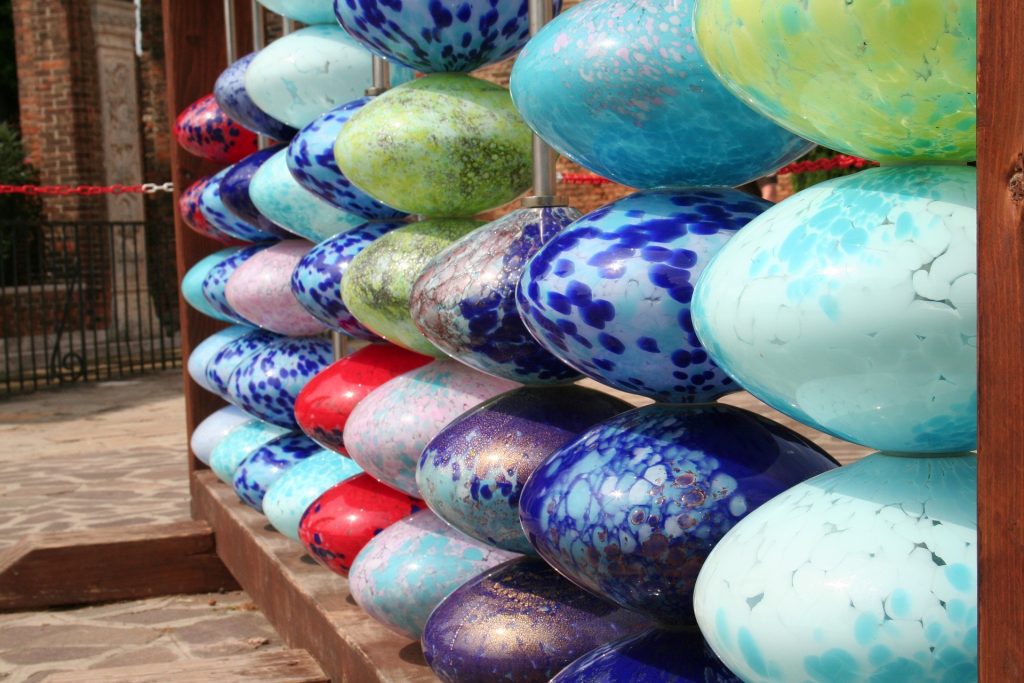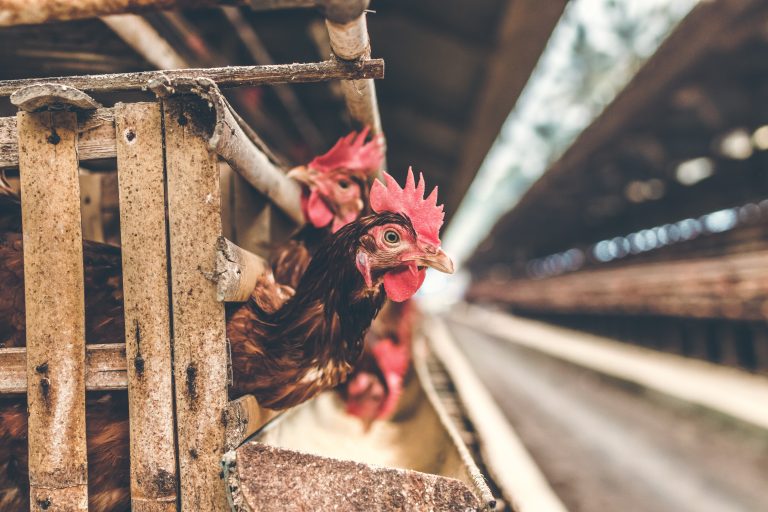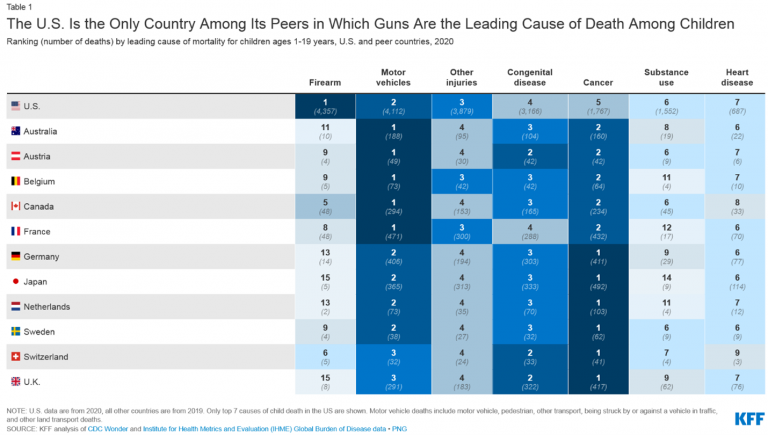Murano Glass vs Expensive Gas

In the face of rising natural gas prices, many of Murano, Italy’s world-famous glass artists are shutting down their furnaces. Artisans on the small island have been making glass for centuries, but some are beginning to question how much longer they can continue the tradition. Having switched from wood-burning furnaces to natural gas in the 1950’s, the glassmakers have seen natural gas prices increase by 400 percent recently. The government has attempted to help businesses by subsidizing natural gas, but even with the subsidy the costs are still too high for many. With fuel costs representing up to half of producers’ monthly costs, some have shut down their furnaces, which are typically only shut off once per year for maintenance. If possible, manufacturers would prefer to leave the furnaces burning, because shutting down and restarting the furnaces can cost as much as $100,000 to get them back up to the proper temperature.
With natural gas prices continuing to rise, producers have considered alternative fuel sources. However, none of the alternatives seem feasible. Environmental regulations prevent returning to traditional wood-fired furnaces. Switching to alternative gases would require huge infrastructure costs to replace pipes. And electric furnaces cannot maintain stable temperature high enough to produce the glass. Unless the glass makers find a solution, Murano’s centuries old tradition might be a thing of the past.
Questions/Discussion
- Describe what types of fixed, variable, and marginal costs Murano’s glassmakers face.
- One of the glassmakers in the article described his decision to shut down based on his inability to raise prices high enough to offset fuel prices. Discuss this decision in the context of the “shutdown rule.”
- Draw a supply and demand model to illustrate the impact of government fuel subsidies on the glass market.
- Burning wood and gas to produce glass generates a negative externality in the form of air pollution. What are some possible incentives that would help the industry to move to producing using renewable energy?
Source:
The Washington Post: After eight centuries of Murano glassmaking, a gas crisis is threatening its future, Photo By: kaijaalioglu from Pixabay.com













